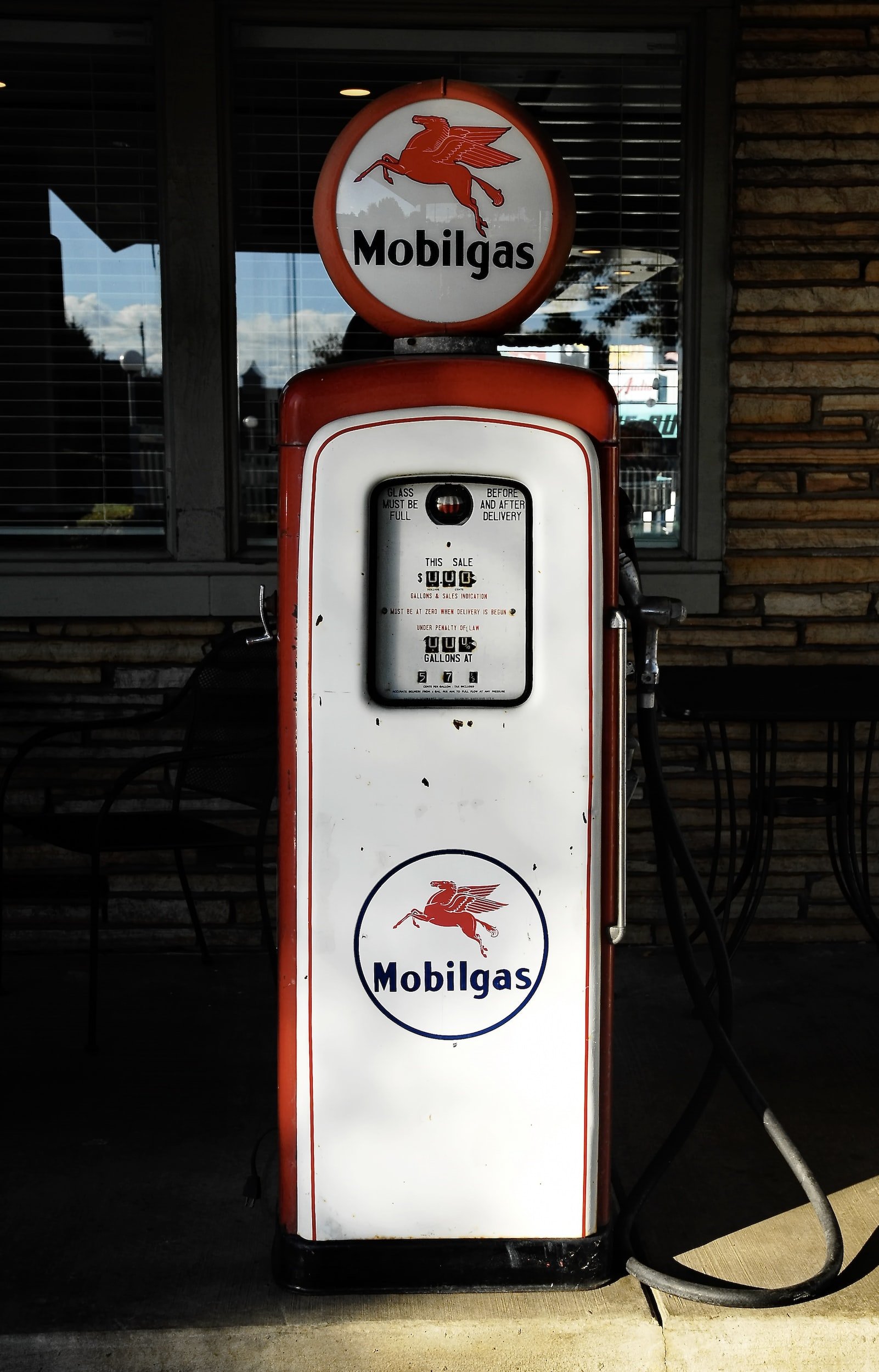By: Shannon Lawson, Staff Member
On January 29th, the Environmental Protection Agency (EPA) submitted to the White House Office of Management and Budget its proposed rule for Tier 3 gasoline and motor vehicle standards.[1] If approved, the Tier 3 rule would go into effect in 2017 and require stricter motor vehicle and gasoline standards in hopes of reducing tailpipe emissions and their impact on air quality and health.[2] In turn, motor fuel producers and motor vehicle manufacturers would have to lower their products' sulfur and vapor pressure levels.[3]
Under the existing Tier 2 standard, which was finalized in February 2000, the EPA limited the sulfur content of gasoline to 30 parts per million (ppm) beginning with model year 2004.[4] The proposed Tier 3 rule is expected to set the sulfur limit to 10 ppm.[5] A decrease in the sulfur content of gasoline reduces the emission of sulfur dioxide or sulfate particulate matter into the air.[6] It also increases the effectiveness of emissions control technologies which help reduce the level of carbon monoxide, hydrocarbon, and nitrogen oxide released into the air.[7]
Undoubtedly, Tier 3 gasoline will come at a cost. It is estimated Tier 3 gasoline will cost U.S. refiners as much as $10-17 billion in up-front capital costs and another $5-13 billion in annual operating expenses.[8] Even though many U.S. refiners have already invested in desulfurization technology,[9] some refineries will not be able to meet these financial commitments and may be forced to close.[10] Moreover, the cost of complying with T3 gasoline may outweigh the benefits. It has been argued that existing Tier 2 standards have already achieved the EPA's goal for vehicle emissions and Tier 3 gasoline does not add any significant benefits to the environment.[11]
In addition, Tier 3 gasoline will also cost consumers more at the pump. Although the EPA estimates that Tier 3 standards will only raise gas prices one cent per gallon, the American Petroleum Institute estimates gas prices will raise prices six to nine cents per gallon.[12] Regardless of which is correct, the price of gas would increase. Economists have also predicted Tier 3 gasoline will lead to price increases for other consumer goods as well such as utilities and groceries.[13]
So is it worth it? Should U.S. drivers potentially have to pay an additional nine cents per gallon on already insanely high gas prices? As of February 2013, the U.S. national average for a gallon of regular gasoline was $3.497.[14] Who knows how high gas prices will be four years from now in 2017 when the proposed Tier 3 standards are expected to go into effect.
While Tier 3 gasoline may only cost the average U.S. driver an additional $51.30 a year,[15] we must also take into account the effect it would have on the price of other consumer goods. Besides, the existing Tier 2 standards have yielded significant improvements according to the EPA's own goals and would continue to do so even without tightening the standards.[16] If Tier 3 gasoline does not drastically change the impact of vehicle emissions on the environment, then perhaps it is not worth it.
_____________________
[1] Jessica Coomes & Andrew Childers,
White House Begins Review of EPA Proposed Tier 3 Gasoline, Motor Vehicle Standards
,
Daily Env't Report
(BNA), Jan. 31, 2013, at A-6.
[2]
Id.
See also Cleaner Gasoline and Vehicles Survey January 2013
,
American Lung Association
, http://www.lung.org/healthy-air/outdoor/resources/cleaner-gasoline-and-vehicles-survey-jan-2013.html (last visited Feb. 2, 2013).
[3]
See
Nick Snow,
Watching Government: Tier 3 Battle Shapes Up
,
110 Oil & Gas J. 1,
Jan. 2, 2012,
available at
http://www.ogj/com/articles/print/vol-110/issue-1/general-interest-watching-government-tier-3-battle.html.
[4]
See
Daily Env’t Report.
See also Emissions Standards Reference Guide
, EPA, http://www. epa.gov/rfa/tier3.html (last visited Feb. 2, 2013).
[5]
Id.
See also
Arthur Marin, NESCAUM, Benefits & Costs of Tier 3 Low Sulfur Gasoline Program, Presentation at the CT Deep SIPRAC Meeting (Jan. 12, 2012), http://www.ct.gov/dep/lib/dep/air/siprac/2012/tier_3_low_sulfur_gasoline_ct_siprac_11212.pdf (last visited Feb. 2, 2013).
[6]
See
K.O. Blumberg et al., Low-Sulfur Gasoline & Diesel: The Key to Lower Vehicle Emissions, Presentation at the Int'l Council on Clean Transp. (2003) http://www.unep.org/transport/pcfv/pdf/publowsulfurpaper.pdf.
[7]
Id.
[8]
Watching Government
,
supra
note 3, at 1.
[9] Benefits & Costs of Tier 3 Low Sulfur Gasoline Program,
supra
note 5, at 18.
[10]
Watching Government
,
supra
note 3, at 1.
[11]
See
Robert Murphy,
Tier 3 Regulations
,
Inst. Energy Research,
(June 14, 2012) http://www.instituteforenergyresearch.org/2012/06/14/tier-3-regulations/ (last visited Feb. 2, 2013).
[12]
See
Daily Env’t Report,
supra
note 1.
[13] Memo from Andrew Baumann & Chloe Mullins, Greenburg Quinlan Rosner, to American Lung Association,
Voters Support Stricter Gasoline & Vehicle Standards
at 5, http://www.lung.org/healthy-air/outdoor/resources/cleaner-gasoline-and-vehicles-survey-jan-2013.html.
[14]
AAA's Daily Fuel Gauge Report
, AAA, http://www.fuelgaugereport.aaa.com/ (last updated Feb. 2, 2013, 3:04 AM).
[15] On average, U.S. drivers drive approximately 12,000 miles a year. The average gasoline vehicle on the road toady has a fuel economy of about 21 mpg. Therefore, the average U.S. vehicle consumes approximately 570 gallons a year (12,000 gal. / 21 mpg = 570 gallons a year). Taking the 570 gallons consumed each year multiplied by the $.09 in additional per gallon cost of Tier 3 gasoline equals $51.30.
See Greenhouse Gas Emissions from a Typical Passenger Vehicle
, EPA, 2 (Dec. 2011), http://www.epa/gov/otaq/climate/documents/420f11041.pdf.
[16] Robert Murphy,
Tier 3 Regulations
,
supra
note 11.

